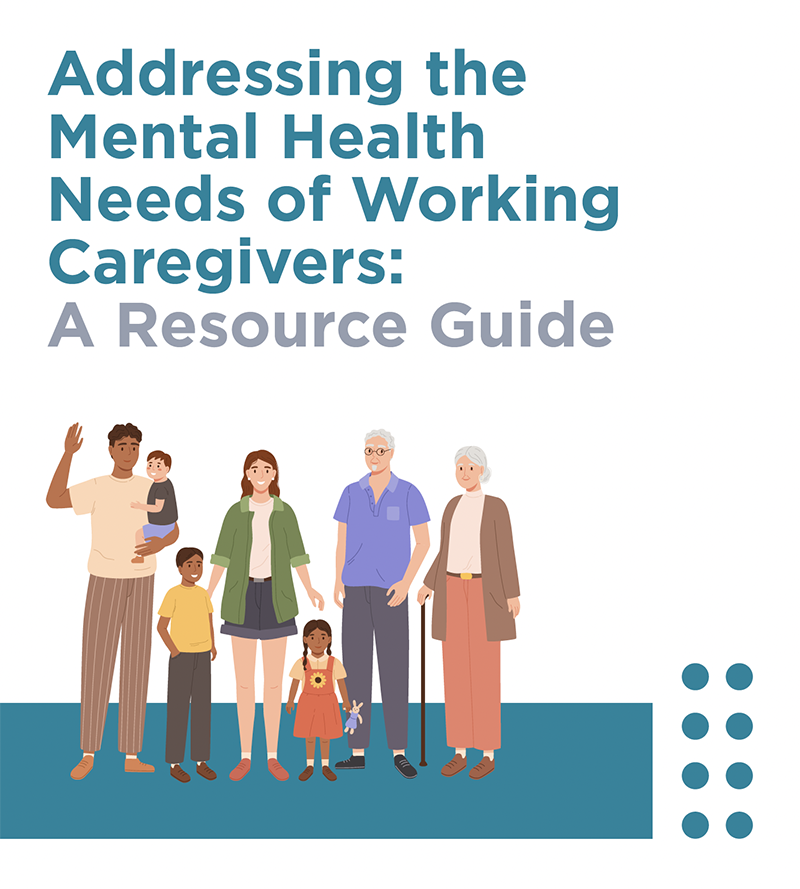
Supporting Caregivers in the Workplace
- Research from the American Association for Retired Persons (AARP) and the National Alliance for Caregiving found almost two-thirds (61%) of caregivers are employed to some degree, including 60% who work 40 or more hours per week.6 This translates to there being more than 26 million working caregivers in the United States.
- The Rosalynn Carter Institute for Caregivers found that 60% of working caregivers experience work disruptions due to caregiving, resulting in 3.2 missed days of work per month and one-third of caregivers quitting their job.
- In the AARP survey, only about half (53%) of working caregivers said their supervisor knew they were a caregiver.22 In another survey, 22% of working caregivers reported having concerns about disclosing their caregiver role to their employer.
Table of Contents
- About The Center for Workplace Mental Health
- Introduction
- Defining the Caregiver: Who Is the Working Caregiver?
- A Case for Supporting Caregivers in the Workplace
- Identifying the Caregiver
- Caregiver Mental Health in the Workplace
- Caregiver Mental Health: Myths vs. Facts
- Best Practices for Caregivers in the Workplace
- Conclusion
- Resources
- Appendix: Addressing the “Sandwich Generation’s” Mental Health Through Robust Caregiver
- Employee Benefits
- Citations
- References
